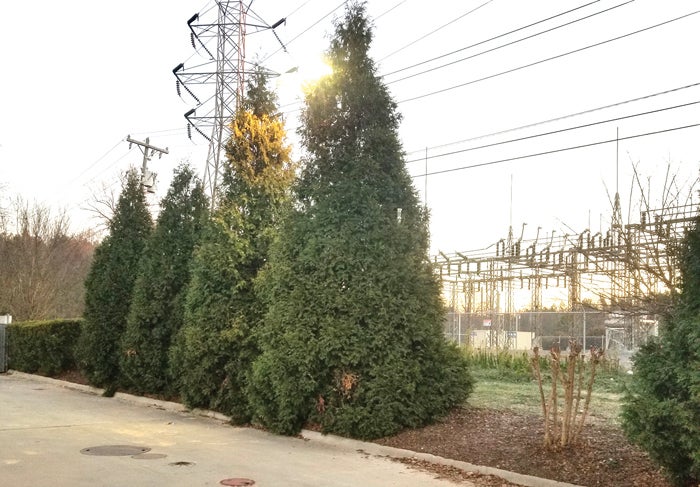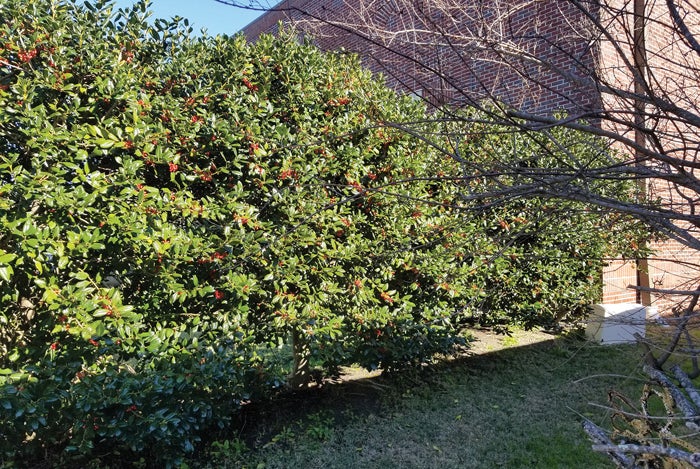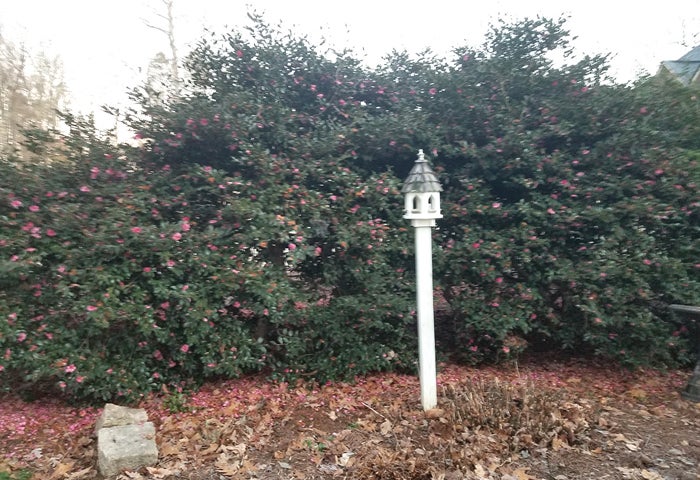Hedges make good neighbors
Published 12:00 am Friday, January 10, 2020
High-density housing and other situations dictate the use of screens and border plantings of shrubs and trees for added privacy.
Informal mass plantings of trees and shrubs seem to be the trend replacing older, more formal sheared hedges in older and more formal landscapes.
Another technique which provides immediate privacy involves lacing vines through decorative fencing. This method of screening not only provides a level of intimacy to the homeowner’s landscape but provides an enhanced backdrop for further landscaping. Privacy fencing is also used in shady locations where evergreen trees and shrubs will not grow.
Some housing developments implement mounds of soil or berms to impede an unattractive view, however, homeowners are now implementing berms to add interest to home landscapes.
Leyland cypress is a quick screening shrub whose landscape use is in jeopardy. Rapid growth and ease of planting made the leyland cypress a popular screening plant. Unfortunately, rapid growth produces weak, brittle wood vulnerable to ice damage and high winds.
Intense over-planting has increased insect problems with bagworms and other insect pests. A vast array of fungal diseases also limits the hedge trees’ life. Once considered a marvel in quick landscapes, its use in the landscape is limited because of these potential problems.
Rapidly growing plant materials are only a temporary solution to screening problems that exist in landscapes. Mass production and over-planting has taught nurserymen and landscape designers a valuable lesson in selection and use of plant materials.
Older, dependable plant materials as well as new proven trees and shrubs are now landscape designer’s choice as recommended screening materials. Holly and ligustrum are older hedge- type shrubs that are making a comeback. They’re reliable and almost foolproof for an evergreen hedge.
Deciduous trees and shrubs such as crepe myrtle and weigela provide a subtle screen without being too obvious. The blooms are a fresh alternative to a stark green wall. Sasanqua camellias are dual purpose shrubs that offer both aesthetic fall bloom and lush foliage.
Below are a few recommended shrubs and trees for screening materials.
Low screen, 5-8 feet (evergreen)
- Dwarf burfordi holly
- Wax myrtle
- Glossy abelia
- Hetzi holly
- Aucuba japonica
- Camellia sasanqua
- Skipper laurel
- Wax myrtle
- Cleyera japonica
Tall screen, 12-15 feet (evergreen)
- Nellie R. Stevens Holly
- Greenleaf Holly
- Burfordi Holly (standard)
- Ligustrum japonica
- Osmanthus fragrans
- Emerald Green arborvitae
Larger shrubs or trees as screening materials
- Loblolly pine
- Magnolia “Little Gem”
- Cherry laurel
- Crepe myrtle
- Green Giant arborvitae
Darrell Blackwelder deblackw@ncsu.edu is the retired horticulture agent and director with the North Carolina Cooperative Extension Service in Rowan County.






